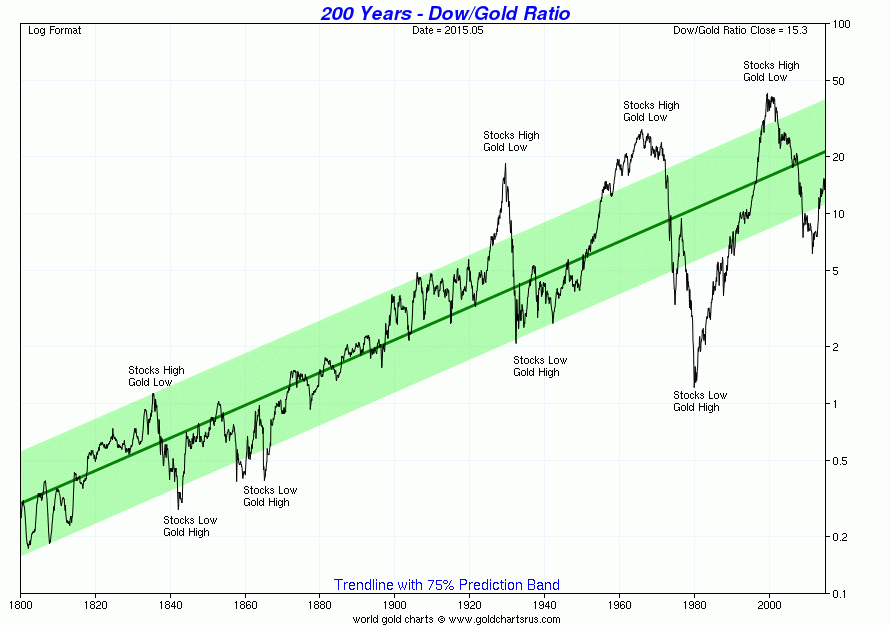J. Paul Getty Quote!
January 23, 2017
John P. Hussman, Ph.D.
As I've detailed regularly, the emergence of an extreme “overvalued, overbought, overbullish” syndrome of market conditions has historically been a powerful warning against further speculation. In prior cycles across history, the emergence of this syndrome was regularly accompanied or closely followed by deteriorating market internals (an indication of subtle underlying risk-aversion among investors), and a steep market loss would typically follow. In the half-cycle since 2009, our reliance on that aspect of history proved costly, because Fed-induced yield-seeking (“there is no alternative!”) encouraged investors to speculate long after severe “overvalued, overbought, overbullish” syndromes emerged. In mid-2014, we adapted by imposing an additional constraint on our methods: in the presence of zero-interest rates, one had to wait for market internals to deteriorate explicitly before adopting a hard-negative market outlook.
DYI: DYI has been negative since 2014 going on year 4 leaving me with the feeling of the boy who cried wolf! During this time dividend yields and long term bond yields were sub atomically low always a clear indication of an overblown market. DYI are compounder's of money as dividend yield and bond yield is my first importance then capital gains. Simply stated the greater the yield the larger my asset allocation for these two assets - stocks and bonds. DYI's marker for precious metals mining companies is the Dow/Gold Ratio. When it is flashing positively towards gold and the mining companies up goes our allocation. Also for those mining companies that do pay dividends yields will be greater further expanding DYI's goal as compounder's.
Presently, Fed policy has achieved “liftoff” from the zero interest rate bound, and despite the recent post-election blowoff, our key measures of market internals remain unfavorable here. Given that environment, my expectation is that the overvalued, overbought, overbullish extremes we presently observe may have harsh consequences, as they have in prior cycles. We’ll defer our immediate concerns if market internals shift to a more uniformly favorable condition, but if anything, we’re seeing a sharp broadening in the number of red flags and warning signals we monitor. I’ve noted in recent weeks that our most extreme variant of “overvalued, overbought, overbullish” conditions has emerged; a secondary signal at a level on the S&P 500 about 4% higher than the syndrome we observed in July. Apart from a set of false signals in late-2013 and early-2014 at the height of zero interest rate enthusiasm, every other instance of this syndrome has been associated with a major market peak, including 1929, 1972, 1987, 2000, and 2007.
DYI: That is exactly as I see this market associated with previous market peaks that Hussman just listed. This is not a time to be enthusiastic regarding stocks and long term bonds[until just recently] gold as measured by the Dow/Gold Ratio has increased upping my allocation to mining companies and a small amount in long term bonds.
Updated Monthly

No comments:
Post a Comment